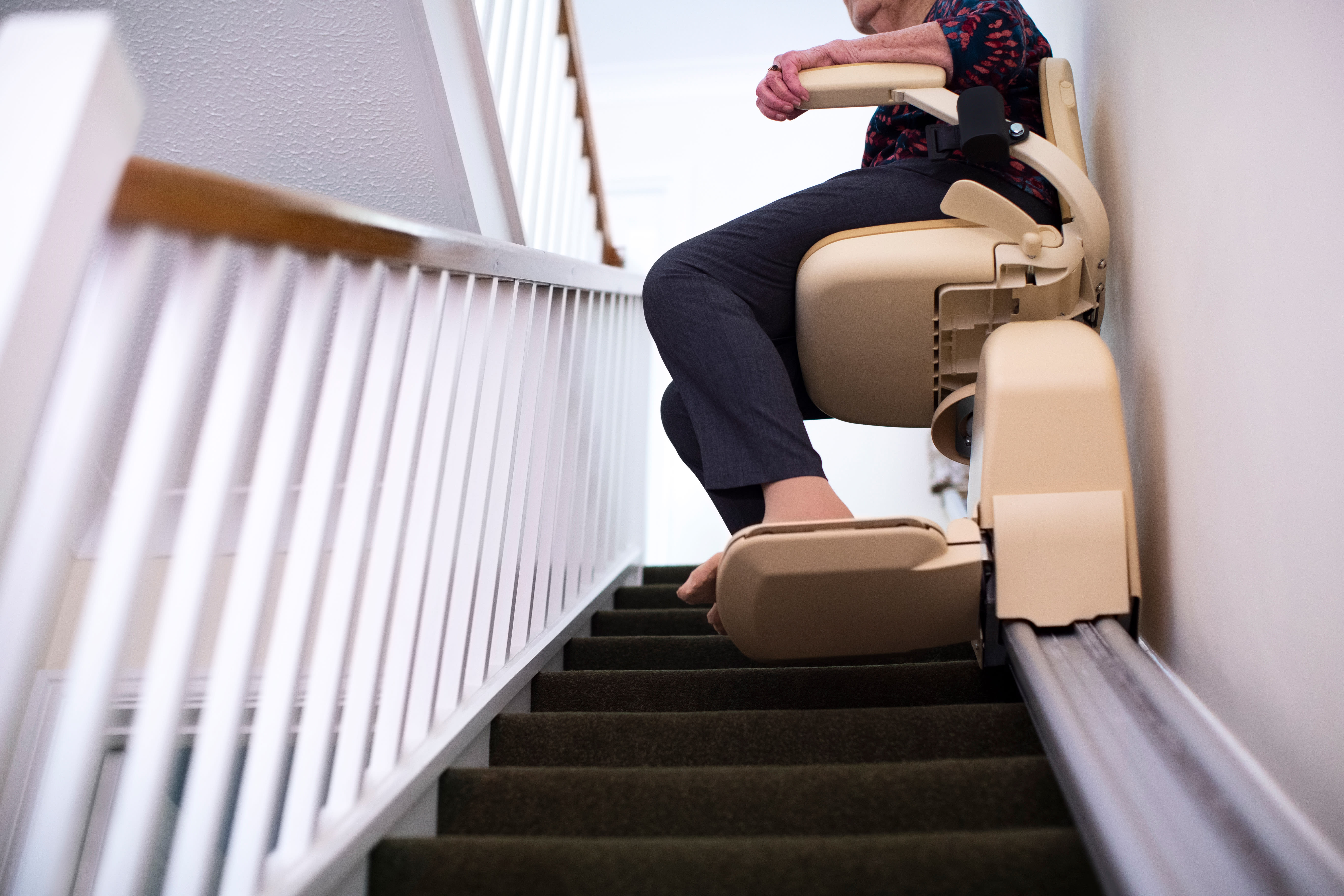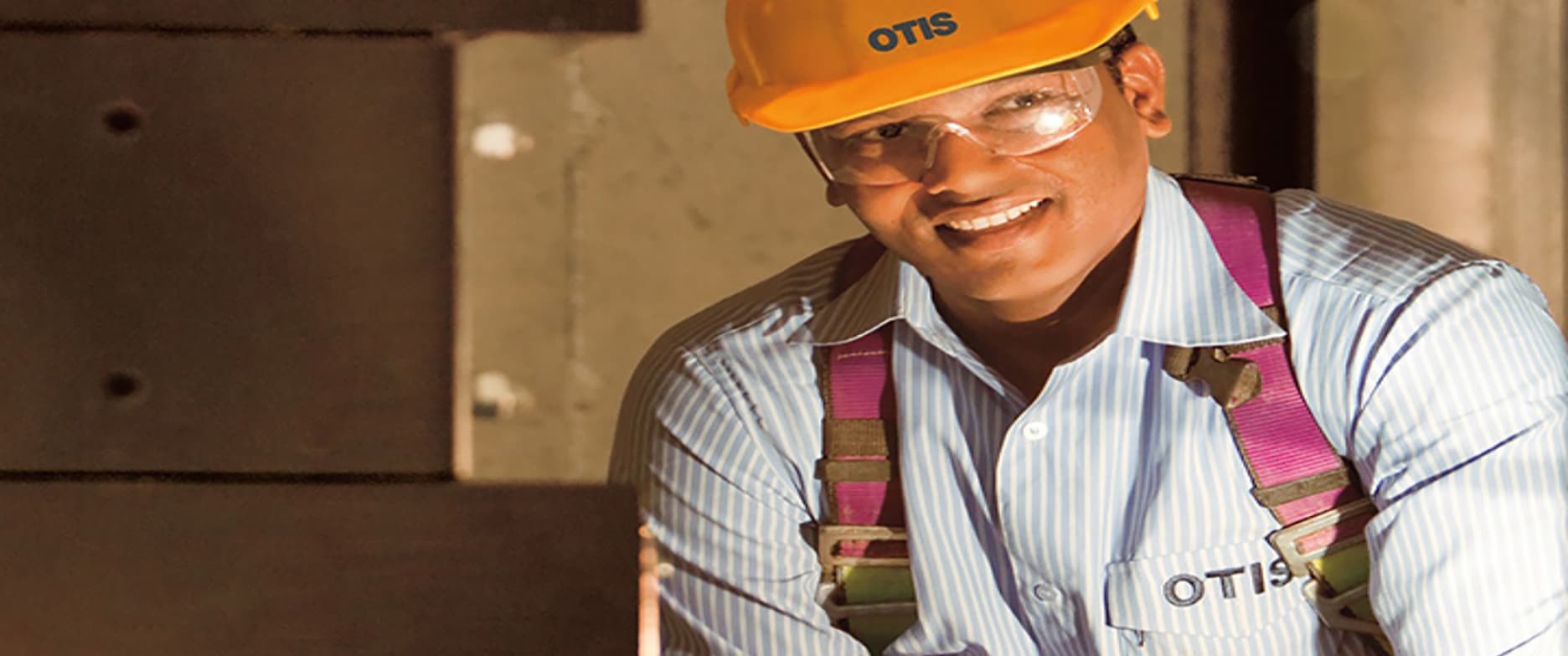Comprehensive Overview to Elevator Equipments and Their Upkeep
Browsing the complex world of lift systems and their maintenance is a task that requires precision and knowledge. From the numerous types of lift systems being used to the thorough adherence to security policies, the maintenance of these vertical transportation gadgets is a multifaceted undertaking. As buildings rise higher and technology developments, the demand for a comprehensive understanding of elevator systems ends up being increasingly critical. Join us as we unwind the complexities of elevator upkeep, checking out usual problems, ideal methods, and sophisticated innovations that shape the modern-day landscape of upright transportation.
Types of Lift Systems
Lift systems been available in various kinds, each created to match certain structure requirements and customer demands. One of the most usual types include hydraulic elevators, traction lifts, machine-room-less lifts, and vacuum lifts. Hydraulic elevators are perfect for low-rise buildings and use a hydraulic piston to relocate the elevator cars and truck. Traction elevators, on the various other hand, are a lot more fit for skyscraper structures and utilize steel ropes and counterweights to move the auto. Machine-room-less lifts are a space-saving choice as they do not call for a separate equipment space for the lift equipment. Vacuum elevators, an extra modern advancement, usage atmospheric pressure differentials to move the automobile within a transparent tube.
Each kind of elevator system has its own advantages and disadvantages, making it important for structure owners and designers to very carefully consider their specific needs prior to choosing one of the most suitable choice. Factors such as constructing height, area schedule, energy performance, and budget restraints all play a considerable function in figuring out the best elevator system for a particular structure.
Typical Upkeep Problems
Normal maintenance of lift systems is necessary to make certain smooth operation and prolong their lifespan. In spite of regular maintenance, lift systems can still experience common maintenance issues that require to be immediately resolved to stop interruptions in solution. Routine assessments and proactive maintenance can assist recognize and resolve these common upkeep issues prior to they intensify and affect the general performance of the lift system.
Security Rules and Compliance
Sticking to strict safety regulations and ensuring conformity with sector criteria are critical for keeping the functional stability of elevator systems. Elevators go through an extensive collection of safety and security guidelines to guard passengers, maintenance employees, and the general public. Regulative bodies such as the Occupational Safety and Health And Wellness Management (OSHA) in the United States and the European Lift Organization (ELA) in Europe establish standards that cover different elements of lift style, installment, maintenance, and operation.
Compliance with these laws is not just a lawful demand however additionally an ethical commitment for building proprietors and lift upkeep firms. Normal examinations, maintenance checks, and adherence to safety procedures laid out in the policies are crucial to make sure the effective and secure operation of lift systems.
Ideal Practices for Maintenance

One more essential best method is to promptly address any type of uncommon noises or noted problems to avoid more damages. Applying a proactive method to upkeep can save time and cash in the long run by staying clear of pricey repair services or replacements. Building proprietors must also think about buying modernization upgrades to boost the effectiveness and safety and security of their elevator systems. By following these best techniques, lift systems can operate efficiently and safely, providing reputable vertical transport for residents.

Advanced Technologies for Efficiency
Applying innovative modern technologies in lift systems can considerably improve operational performance and traveler experience. These systems allow guests to input their preferred floor prior to entering the lift, which then routes them to the my company most effective vehicle.
In addition, the combination of smart sensing units and predictive upkeep capabilities has actually transformed lift upkeep. These sensing units can discover potential problems prior to they escalate, making it possible for proactive upkeep interventions and lessening downtime. Additionally, making use of regenerative drives and energy-efficient parts helps minimize power consumption and operating expense in lift systems.
Additionally, the execution of cloud-based monitoring and remote diagnostics permits real-time monitoring of elevator performance and prompt troubleshooting of any breakdowns. This proactive approach not just enhances system reliability but also improves the general user experience by making certain smooth and uninterrupted elevator operations.
Verdict
Finally, understanding the different kinds of lift systems, usual maintenance issues, security guidelines, ideal maintenance practices, and advanced modern technologies for performance is important for ensuring the smooth procedure of elevators. By adhering to safety and security policies and carrying out ideal techniques for maintenance, structure proprietors can lengthen the life-span of their lift systems and make certain the safety and security of passengers. It is essential to stay updated on the most up to date improvements in lift innovation to enhance effectiveness and dependability.
The most typical types include hydraulic lifts, traction elevators, machine-room-less lifts, and vacuum lifts. Hydraulic elevators are optimal for low-rise buildings and use a hydraulic piston to relocate the elevator automobile. Machine-room-less elevators are a space-saving option as they do not call for a separate maker area for the elevator machinery. Routine evaluations and proactive maintenance can aid identify and resolve these typical maintenance issues before they rise and influence the general performance of the lift system.
